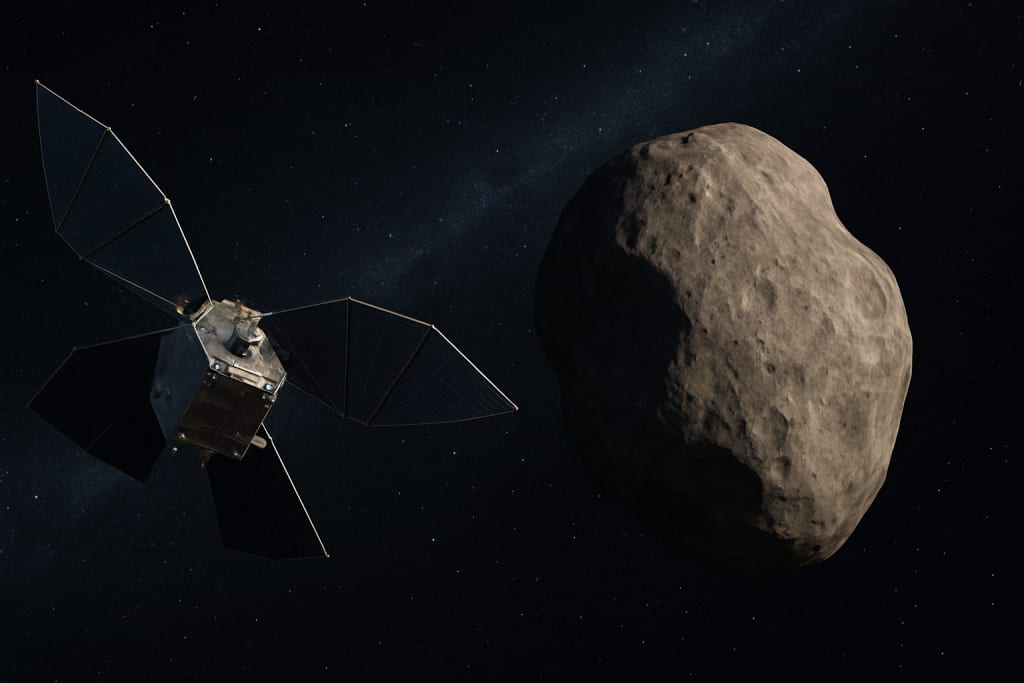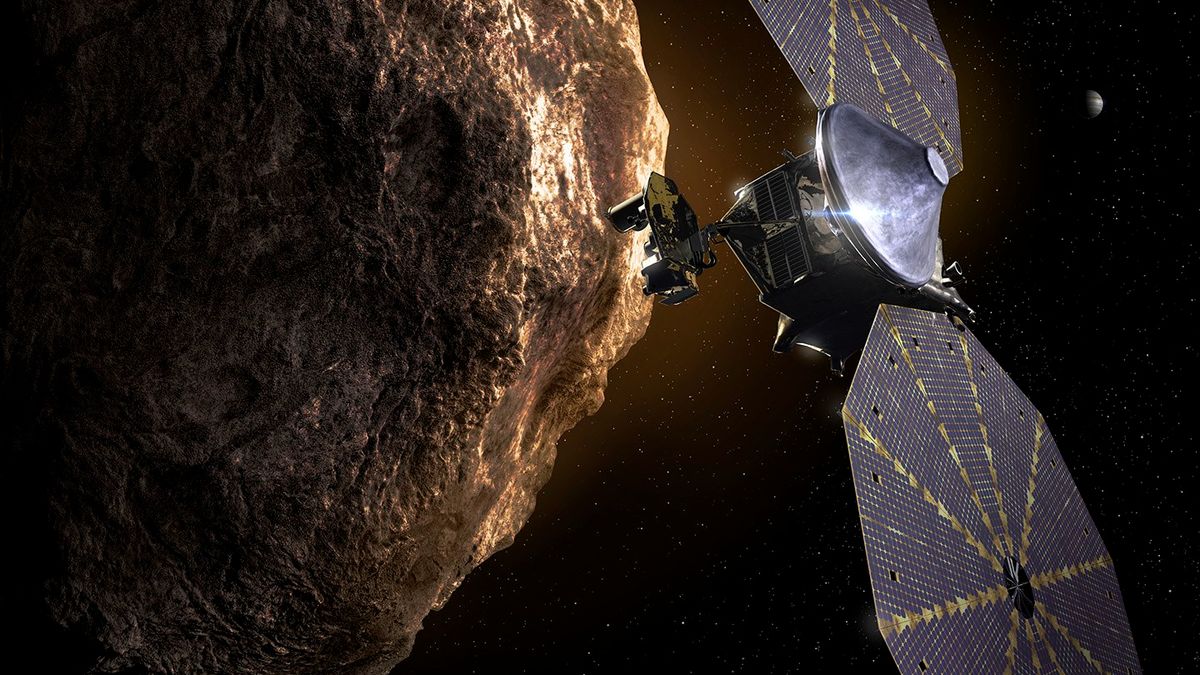While many enjoyed a relaxing Easter Sunday, the astronomy world was abuzz with activity as NASA’s Lucy spacecraft prepared for a significant event. At exactly 1:51 p.m. EDT on April 20, 2025, Lucy was scheduled to perform a close flyby of the asteroid Donaldjohanson. This event marked another milestone in Lucy’s long journey through space, aimed at uncovering secrets of our solar system’s early days.
Lucy Prepares for Trojan Mission with Practice Flybys and Advanced Scientific Instrument Testing
Launched in 2021, Lucy is on a 12-year mission to explore Jupiter’s Trojan asteroids—ancient remnants from the dawn of the solar system. The spacecraft’s goal is to gather clues about the ingredients that might have led to the emergence of life. Before reaching its main targets, however, Lucy is conducting preliminary flybys to test and calibrate its scientific instruments in real conditions.

Following its first flyby of asteroid Dinkinesh in November 2023, Lucy’s encounter with Donaldjohanson served as a second trial run. Flying approximately 620 miles (1,000 kilometers) from the asteroid, Lucy aimed to collect data using its suite of advanced tools: L’Ralph, L’LLORI, and L’TES. These instruments are designed to capture high-resolution images and analyze surface composition using infrared and thermal spectrometry.
Lucy Mission Links Human Origins and Space Exploration Through Asteroid Donaldjohanson Encounter and Discovery
There’s a deeper connection between Lucy and the asteroid Donaldjohanson beyond their orbital meeting. The Lucy mission is named after the famous fossilized hominid skeleton “Lucy,” discovered in 1974 by paleoanthropologist Donald Johanson. Fittingly, this particular asteroid also bears his name, creating a symbolic bridge between studies of human origins on Earth and the ancient remnants orbiting in space.
During a pre-flyby interview, Johanson and ASU professor Phil Christensen, who leads the design of one of Lucy’s instruments, discussed the mission’s objectives. Christensen posed a fun hypothetical: if Lucy were to discover a companion asteroid — a common occurrence — what name would Johanson choose for it? The paleoanthropologist responded with playful seriousness, promising to give it some careful thought. This exchange highlights the human curiosity and imagination driving scientific discovery.


